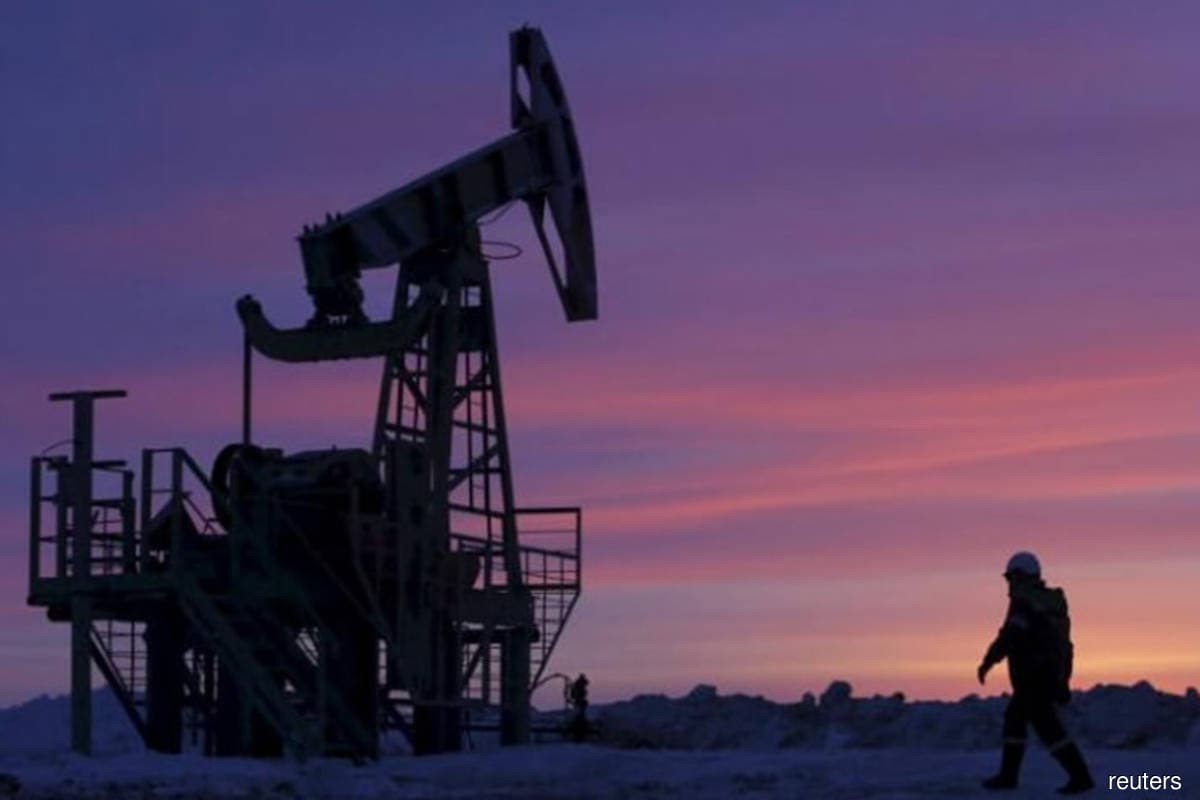
KUALA LUMPUR (April 22): Global oil demand is set to peak at 101.6 million barrels per day (bpd) in 2026, on the back of accelerating electrification in transport and other oil-dependent sectors, according to Norway-based independent energy research and business intelligence company Rystad Energy.
In a statement on its website yesterday, Rystad said the pinnacle will come in 2026, earlier than thought, plateauing before falling below 100 million bpd after 2030.
The firm said in its updated base case (mean case) that oil demand will be whittled away mainly by a growing electric vehicle (EV) market.
It said aside from the staggering takeover by EVs, assumptions across all its scenarios (low-case, mean-case and high-case) see oil demand being either phased out, substituted or recycled across a range of sectors.
Rystad forecast tectonic shifts — some sudden and others slowly evolving — in plastic recycling, a growing share of hydrogen in the petrochemical sector, and oil substitution in the power, agriculture and maritime sectors.
It said other sectors will still see thriving oil demand in the midterm, such as trucks, maritime and petrochemicals, and aviation in the long term, where "we see a sizeable substitution of jet fuel with non-petroleum fuels, such as bio-jet fuel, which is still part of the overall liquid product universe".
Rystad oil market analyst Sofia Guidi Di Sante said oil demand will evolve in three phases.
“Through 2025, oil demand would still be affected by the Covid-19 impact and EVs would still be slow to take off, then from 2025 to 2035, structural declines and the substitution impact — especially for trucks — would take hold, and then finally, towards 2050, the recycling of plastics and accelerated technologies in maritime will be the final transition leg bringing oil demand further down towards 51 million bpd in 2050 in our mean case.
“We expect the Covid-19 behavioural impact to spill over through 2025 as we see the work-from-home trend persisting even after the lifting of lockdowns, keeping downward pressure on transport fuels.
“Although oil demand is expected to recover above pre-virus levels, it will be just marginally. Any post-pandemic oil demand boom is tempered by structural declines that were already ongoing long before the virus, such as substitution in power, industry and buildings,” said Guidi Di Sante.